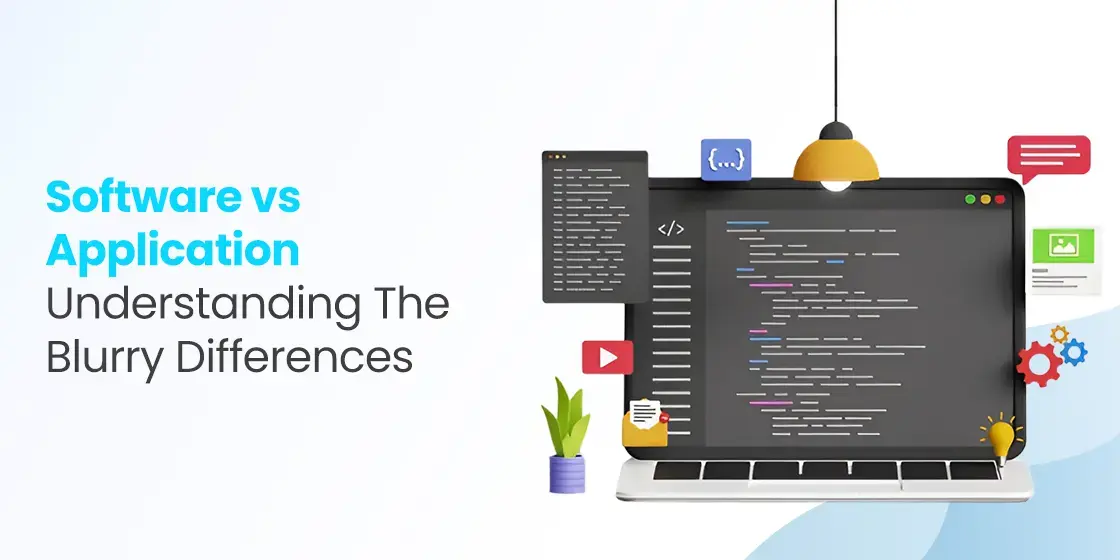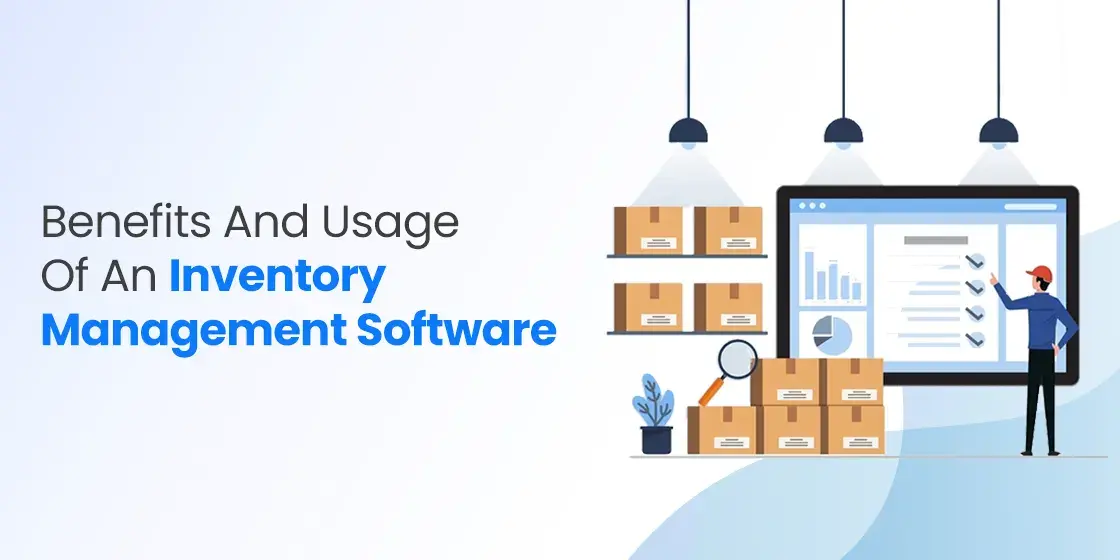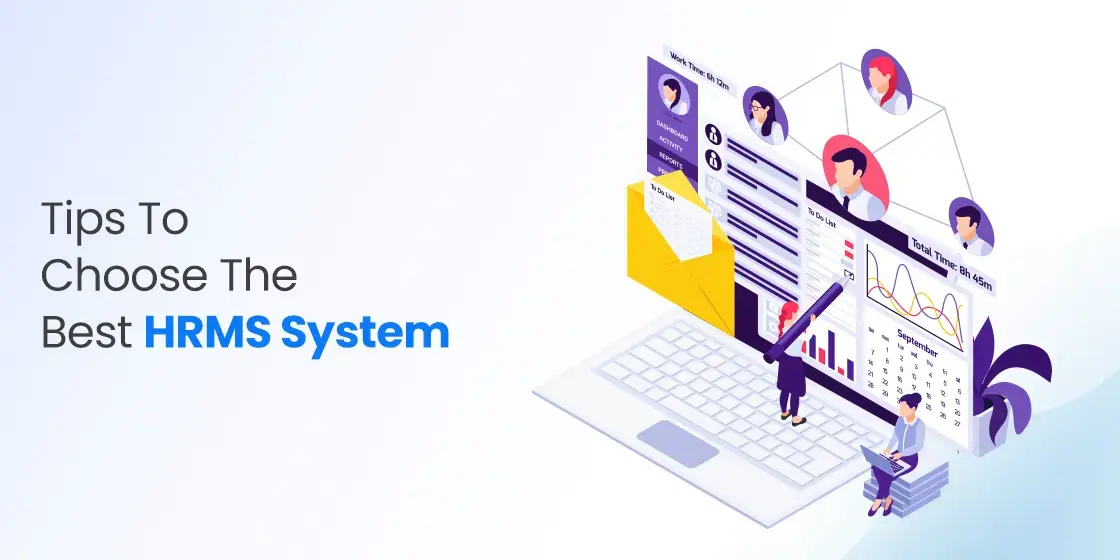Table of Content
Learn How Software and Application Differ From Each Other
Understanding the distinction between software and applications is essential for project stakeholders, as it lays the foundation for informed decision-making. While the terms are often used interchangeably, they refer to different concepts in the circuit of technology. Software is a broad term that encompasses all programs, and utilities that enable a computer or device to function. An application, on the other hand, is a type of software specifically designed to perform a particular function or solve a targeted problem for the end user
This differentiation plays a critical role when stakeholders are outlining project goals and technical requirements. By clearly identifying the project type, businesses can more effectively pick their strategies, tools, and methodologies. For instance, building a custom enterprise system may require different software development services, architectural decisions, and infrastructure compared to creating a mobile or web application focused on user experience and direct interaction.
Moreover, understanding this distinction helps in the efficient allocation of resources, both human and technological. It enables project managers to assemble the right team of developers based on the type of solution being developed. If you want to know key differences between both these solutions, read this article in detail. It will help to clear your concepts, so that you can build a better system for your business.
What is Software?
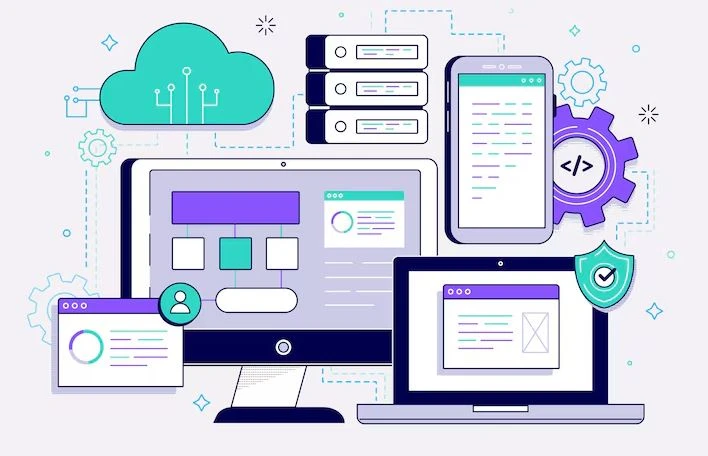
Software is a comprehensive term that encompasses a wide array of programs, applications, and operating systems designed to perform specific tasks. Programs like embedded software are developed using programming languages and are written to address particular needs, whether they are related to productivity, entertainment, communication, or system management. Without software, a computer or digital device would essentially be non-functional, as the hardware alone cannot interpret user input or perform complex operations on its own.
At the core of software functionality lies its continuous interaction with hardware components. Every instruction that a software program executes is ultimately translated into signals that the hardware can understand . For instance, when a user clicks a button within a software application, this action triggers a series of commands that are processed by the system’s hardware. This seamless cooperation ensures that tasks are executed efficiently and in real time.
Furthermore, software can be categorized into system software and application software. System software includes operating systems and utility programs that manage the hardware. Application software, on the other hand, is built to help users perform specific activities, such as word processing, web browsing, or graphic design. Both types of software must work harmoniously with the underlying hardware to ensure the machine operates as intended, offering users a smooth and functional computing experience.
What is Application?
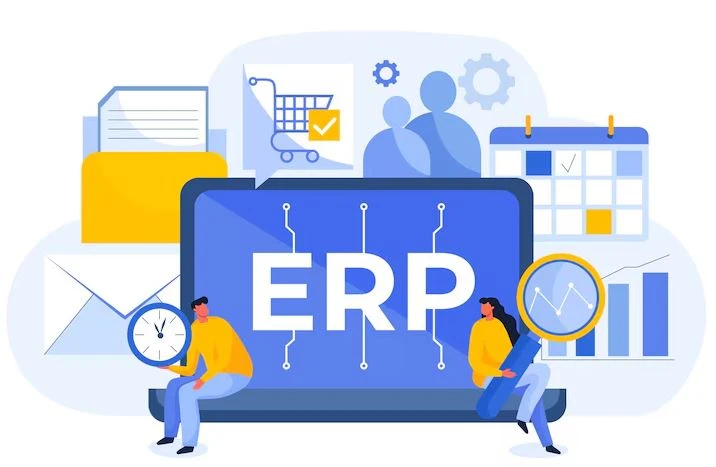
An application is a type of software specifically developed to help end-users perform particular tasks or functions. Unlike system software, which manages and supports the core operations of a computer, an application is user-centric—it is built with the goal of fulfilling specific needs or solving particular problems faced by individuals or organizations. These needs can range from simple activities, such as writing documents and playing music, to more complex functions like data analysis, graphic design, or financial management.
The design and development of an application revolve around understanding and addressing the requirements of the target users. Developers often conduct thorough research to determine what features and functionalities are most needed. Based on this information, they create software that is intuitive, efficient, and tailored to its intended audience. The goal is to ensure that users can interact with the application easily, achieving their objectives with minimal effort and maximum productivity.
Applications come in many forms, including desktop applications, mobile apps, and single-page web applications. Each type is designed to operate within specific environments and often includes a graphical user interface (GUI) that makes the software accessible and user-friendly. Whether it’s a productivity tool, or an entertainment app, every application is fundamentally built to meet the practical demands of its users, enhancing their experience through targeted functionality and thoughtful design.
Partner with our software development specialists to pioneer custom solutions that drive your business forward.
Request Your Solution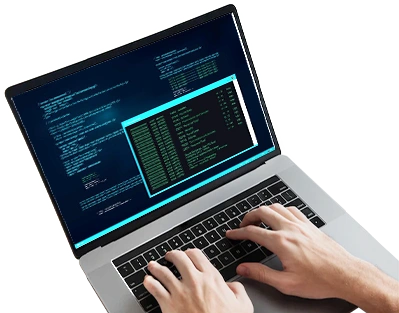
Software vs Application: What Should You Choose?
When a business is deciding between implementing general-purpose software or developing a specific application, the first step is to clearly define its goals and operational needs. Software, in a broader sense, may refer to comprehensive systems that manage multiple functions. An application, however, is typically designed to handle a particular task or solve a specific problem for the end-user. The decision largely depends on whether the business needs a wide-ranging solution or a focused tool tailored to a single process.
Several key criteria should guide this decision. Scope of functionality is one of the most important factor because if the business needs an all-in-one solution, a complete software system may be more suitable. On the other hand, if the requirement is more specific, a custom or off-the-shelf application might be more efficient. Scalability, budget, user experience, and ease of maintenance are also crucial factors. A small startup with limited resources may opt for a lightweight application, while a growing enterprise might invest in scalable software that grows with its operations.
Lastly, long-term goals and adaptability should be considered. Businesses that anticipate expansion, evolving customer demands, or complex workflows may benefit more from robust, customizable software platforms. In contrast, businesses that require quick, cost-effective solutions for immediate challenges may find standalone applications to be more practical. Ultimately, the choice should align with both current operational needs and future strategic direction, ensuring that technology serves as a driver of efficiency and growth rather than a constraint.
Frequently Asked Questions
| What is software? Software is a set of instructions, data, or programs used to operate computers and perform specific tasks. It includes operating systems, and other tools that enable hardware functionality. |
| What is application? An application is a software program designed to help users perform specific tasks or functions. It runs on devices like computers or smartphones, examples include web browsers, games, and word processors. |
| What is a compiler software? A compiler software translates code written in a high-level programming language into machine language. It enables the computer to execute the program efficiently and accurately. |
Final Words
That concludes our entire article in which we have discussed how software vs application differ from each other. It is important to understand the differences between these systems, because their process of development and budget allocation depends a lot on it. If you won’t pay attention to these basics, the development of a software or application will become difficult for you. It is therefore advised to first understand the technicalities of both these systems, and then create any development process as per the requirements of the project.

Empower your digital journey with StruqtIO - Your dedicated partner for cutting-edge custom software development, innovation, and digital transformative solutions. Harness the power of technology to elevate your business and redefine your digital landscape today.
